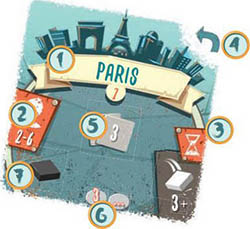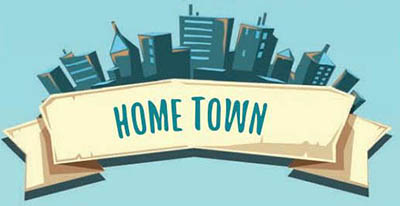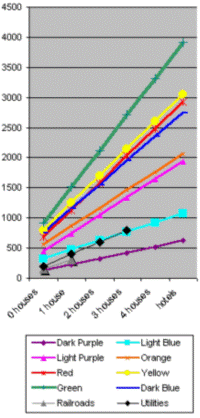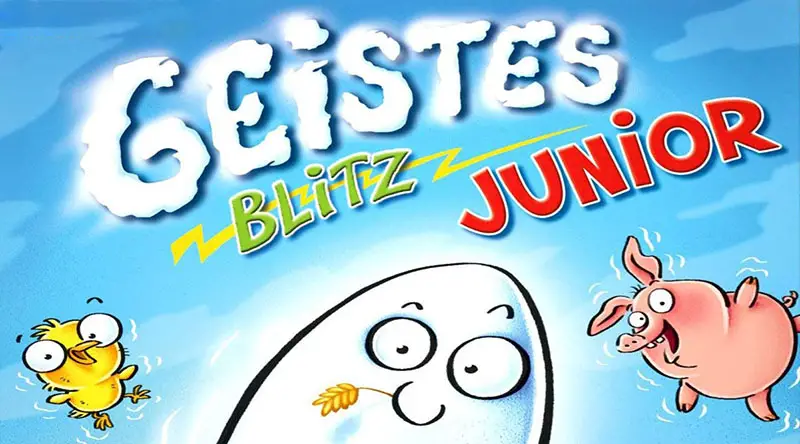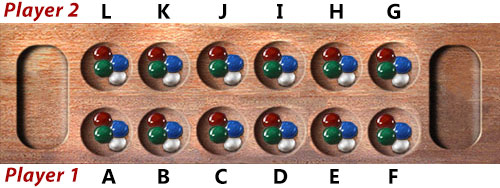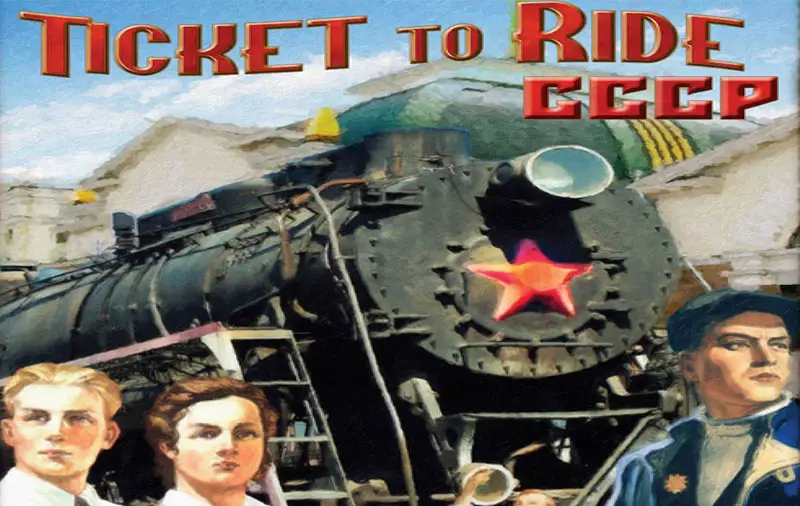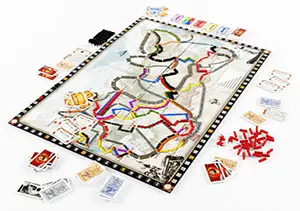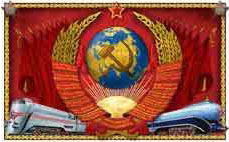
Setup
Give each player one base. Each player chooses on which side to place it.
Shuffle the Junk Art deck and place it within easy reach of all players.
Spread out the Junk pieces as a supply, with the fan tokens and tape measure nearby.
Start player is: first city - last to have visited an art exhibition; following cities: player with the fewest fans. In case of tie, next in clockwise order.
Finish setting up by following the city's special rules. …







